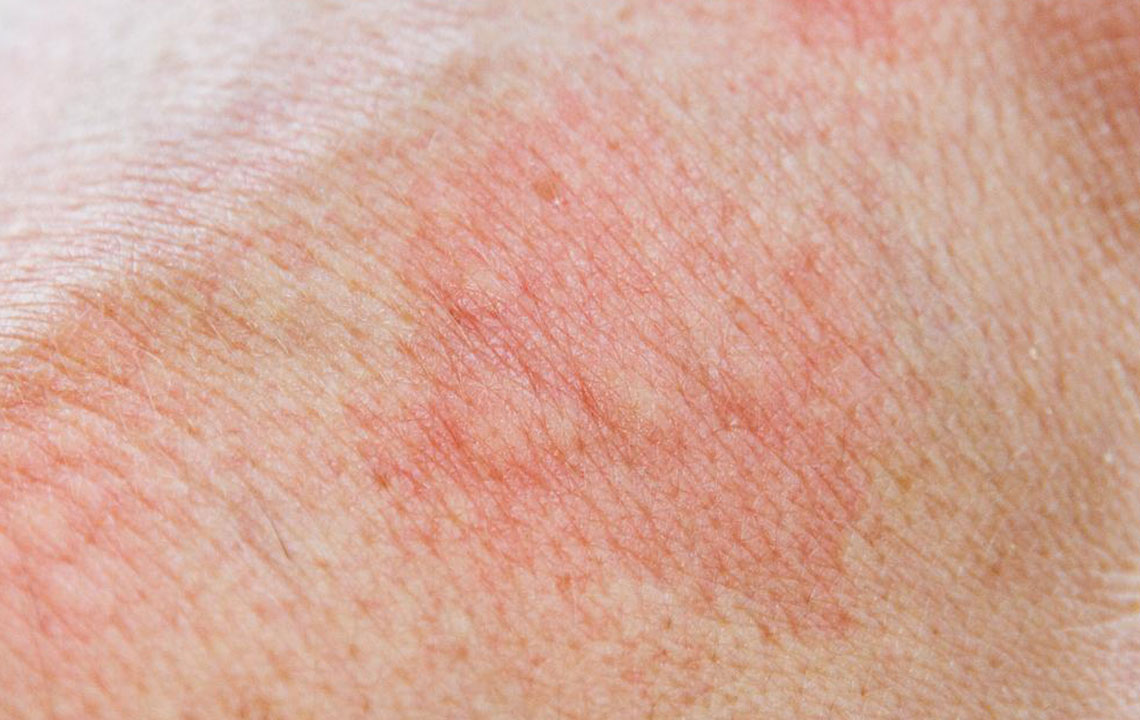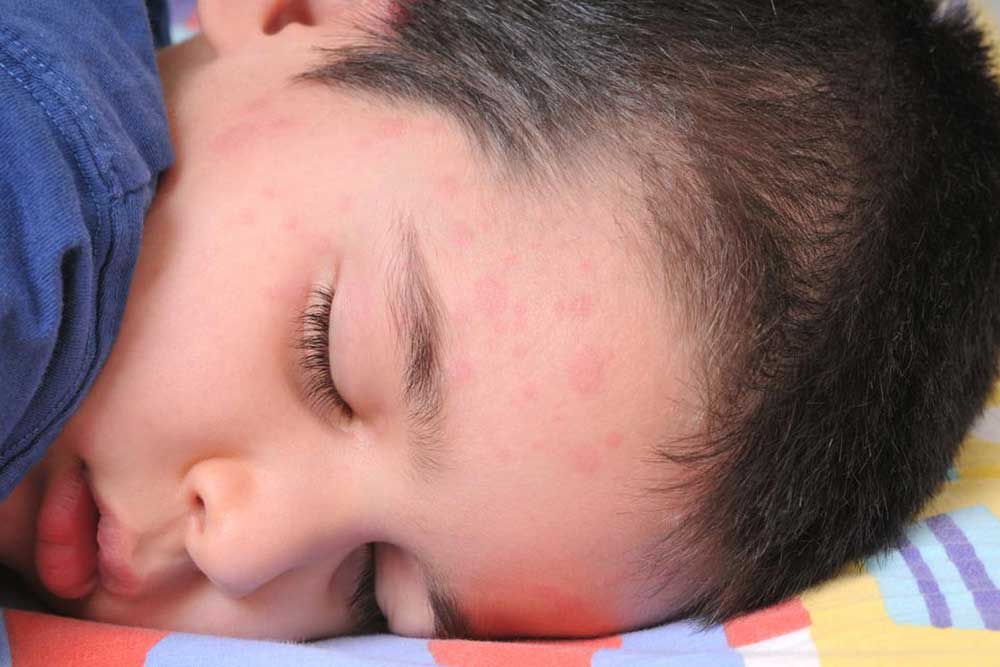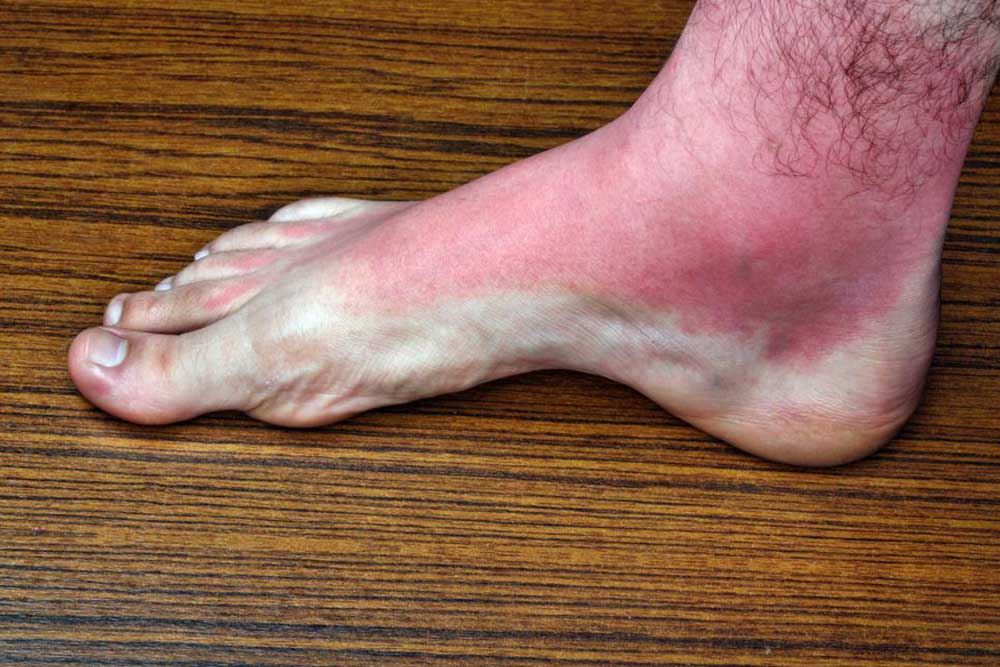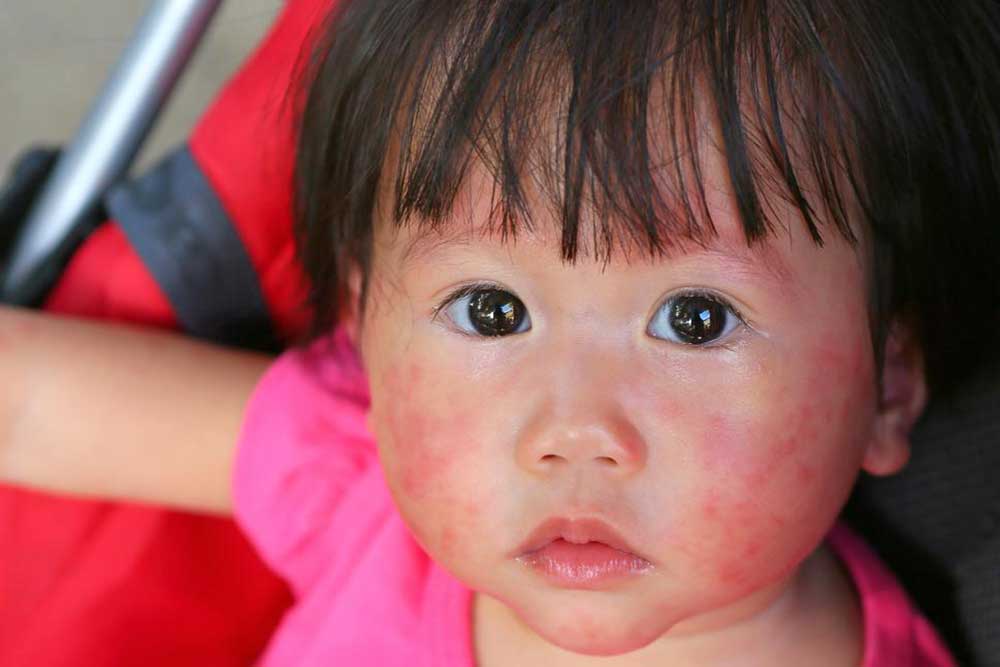Comprehensive Overview of 10 Common Skin Rash Types and Their Causes
This comprehensive guide explores ten common skin rash types, including atopic dermatitis, psoriasis, shingles, and more, detailing their causes, symptoms, and treatment options. Understanding these rashes helps in early diagnosis and effective management, preventing complications and improving skin health. Whether mild or severe, timely medical attention is crucial for proper care and relief from discomfort.
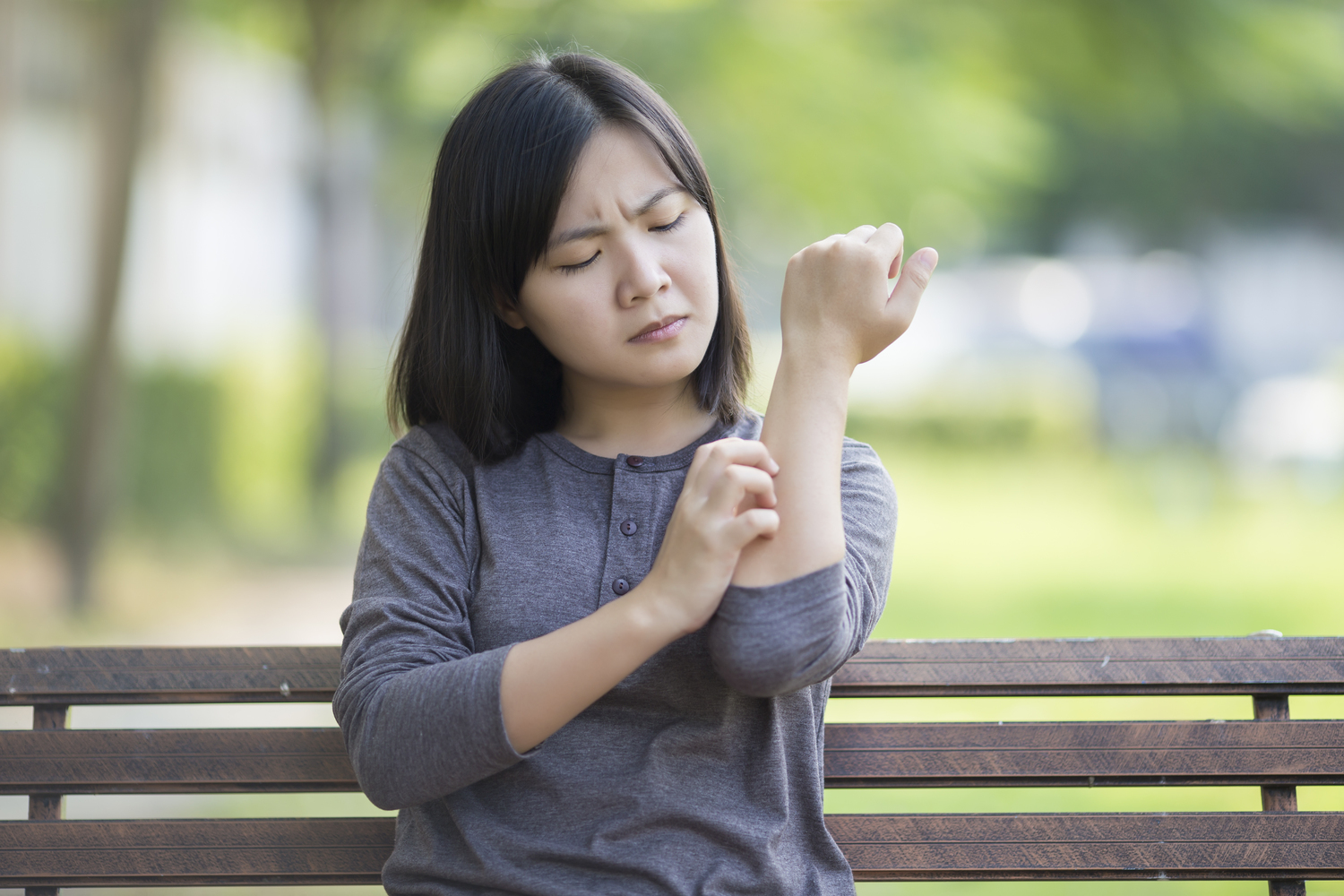
Comprehensive Overview of 10 Common Skin Rash Types and Their Causes
Skin rashes are a prevalent dermatological concern that can affect individuals of all ages. They manifest as changes in skin appearance, including redness, swelling, blistering, or scaling. These reactions often stem from various causes such as environmental triggers, infections, allergic responses, or underlying health conditions. Understanding the different types of skin rashes, their symptoms, causes, and treatment options is essential for effective management and relief.
Understanding Skin Rashes
Skin rashes can appear suddenly or develop gradually and may be temporary or chronic. They often indicate an underlying health issue or exposure to external irritants. Recognizing the specific features of each rash type enables timely and appropriate medical intervention. In this comprehensive guide, we explore ten common skin rashes, their causes, symptoms, diagnostic considerations, and treatment strategies.
1. Atopic Dermatitis (Eczema)
Atopic dermatitis, popularly known as eczema, is a long-lasting (chronic) condition characterized by inflamed, itchy, and red skin. It often appears in the folds of the elbows, knees, neck, and face. The skin may crack, ooze, or develop blisters during flare-ups. While the precise cause remains unknown, genetics and environmental factors such as irritants, allergens, or dry air contribute significantly. People with a family history of allergies or asthma are more prone to eczema. Identifying triggers like soaps, detergents, fragrances, or synthetic fabrics can help manage flare-ups. Treatments include moisturizing creams, corticosteroids, antihistamines, and lifestyle modifications aimed at reducing exposure to irritants and allergens.
2. Scabies
Scabies results from infestation by Sarcoptes scabiei mites, tiny parasites that burrow into the upper layers of the skin. This condition causes intense itching, especially at night, and presents with pimple-like bumps, burrow tracks, and redness. Highly contagious, scabies spreads through close skin-to-skin contact or sharing contaminated bedding and clothing. Diagnosis involves clinical examination, mite identification, or skin scrapings. Treatment typically involves topical topical scabicides, oral medications, and meticulous cleaning of bedding and clothing to prevent reinfestation. Early recognition and treatment are essential to prevent widespread spread and secondary bacterial infections.
3. Herpes Zoster (Shingles)
Shingles, also known as herpes zoster, is a reactivation of the varicella-zoster virus, which causes chickenpox. It manifests as painful, blistering rashes along nerve pathways, often on one side of the body or face. Accompanying symptoms include burning pain, tenderness, fever, fatigue, and occasionally, headache. The rash typically evolves into pus-filled blisters that crust over in a few weeks. Risk factors include age, immune suppression, or stress. Although shingles is incurable, antiviral medications, pain relievers, and corticosteroids can help lessen symptom severity and duration. Vaccination is recommended for older adults to decrease the risk of developing shingles.
4. Psoriasis
Psoriasis is a chronic autoimmune disorder characterized by rapid proliferation of skin cells, resulting in dry, thick, and scaly patches known as plaques. These can be red, silver-white, or brownish, and often itch, crack, or bleed. Psoriasis commonly affects the scalp, elbows, knees, and lower back. The condition fluctuates with periods of flare-ups and remission, influenced by stress, infections, trauma, or medications. While the exact cause is unknown, an abnormal immune response triggers inflammation and excessive skin cell growth. Treatments include topical corticosteroids, vitamin D analogs, phototherapy, and systemic medications that suppress immune activity. Aiming for symptom control improves patients' quality of life significantly.
5. Contact Dermatitis
This type of dermatitis occurs after direct contact with irritants or allergens such as soaps, detergents, fragrances, plants (like poison ivy), or chemicals. It results in dry, itchy, inflamed skin, sometimes with blisters, swelling, or oozing sores. The severity depends on the nature and duration of exposure. Avoiding known triggers and using barrier creams can help prevent episodes. Treatment typically involves topical corticosteroids, antihistamines, and moisturizers to reduce inflammation and soothe irritated skin. Identifying and eliminating contact with the causative agent is crucial for long-term management.
6. Rosacea
Rosacea is a persistent inflammatory condition primarily affecting facial skin, leading to small red bumps, visible blood vessels (telangiectasia), flushing, and sometimes thickened skin known as rhinophyma. It mostly affects middle-aged adults, particularly those with fair skin. The condition has four subtypes—erythematotelangiectatic, papulopustular, rhinophyma, and ocular—each presenting with different symptoms like redness, bumps, swelling, or eye irritation. Although rosacea's exact cause remains unknown, factors like heat, spicy foods, alcohol, stress, and sunlight can trigger flare-ups. Management includes topical creams, oral antibiotics, laser therapy, and lifestyle modifications to minimize triggers and improve skin appearance.
7. Hives (Urticaria)
Hives are raised, itchy welts with red or skin-colored centers that can appear anywhere on the body. They result from allergic reactions triggered by foods, medications, insect bites, temperature changes, or stress. Hives often develop rapidly and can recur frequently. In severe cases, they may cause swelling of the lips, throat, or tongue, leading to difficulty breathing—a condition called angioedema. Treatment involves antihistamines, corticosteroids, and avoiding known allergens. Most hives resolve within 24 hours, but chronic cases require further allergen testing and management.
8. Flea Bites
Flea bites appear as small, red, raised bumps with intense itching and redness. They commonly affect lower legs, ankles, waist, and other exposed areas. The bites are caused by fleas infesting pets or environments like carpets and bedding. Preventative measures include regular pest control, grooming pets, and maintaining cleanliness in the living space. Bacterial infections from scratching are a concern, so it's advisable to keep the skin clean and apply soothing creams or antihistamines to reduce discomfort. Treatment focuses on relief from itching and eliminating the flea source.
9. Cellulitis
Cellulitis is a bacterial or fungal skin infection that involves the deeper layers of the skin and subcutaneous tissues. It often occurs through cuts, abrasions, or other skin breaks, allowing bacteria to enter. Symptoms include localized redness, swelling, warmth, tenderness, and pain. The affected area may enlarge and become increasingly inflamed if untreated. Fever and chills might develop, signaling a more severe systemic infection. Immediate medical attention is necessary, often requiring antibiotics or antifungal medications. Proper wound care, hygiene, and prompt treatment are critical to prevent complications such as abscess formation or systemic spread.
10. Measles
Measles is a highly contagious viral infection characterized by a widespread, red, maculopapular rash that usually starts on the face and spreads downward to the trunk and limbs. Initial symptoms include high fever, cough, sore throat, conjunctivitis, and runny nose, typically appearing a few days before the rash. Koplik spots—small white spots inside the mouth—are a distinctive early sign. Despite vaccination efforts, measles outbreaks still occur in areas with low immunization coverage. The rash persists for several days, and supportive care includes hydration, rest, and fever reduction. Prevention through vaccination remains the most effective measure against this infectious disease.
Persistent or unusual skin rashes warrant prompt evaluation by healthcare professionals, particularly dermatologists. Visual diagnosis, laboratory tests, and histopathology may be necessary to identify the underlying cause accurately. Early diagnosis and appropriate treatment can significantly improve outcomes and reduce the risk of complications. Maintaining good skin hygiene, avoiding known triggers, and seeking medical advice promptly are essential components of effective skin rash management.
